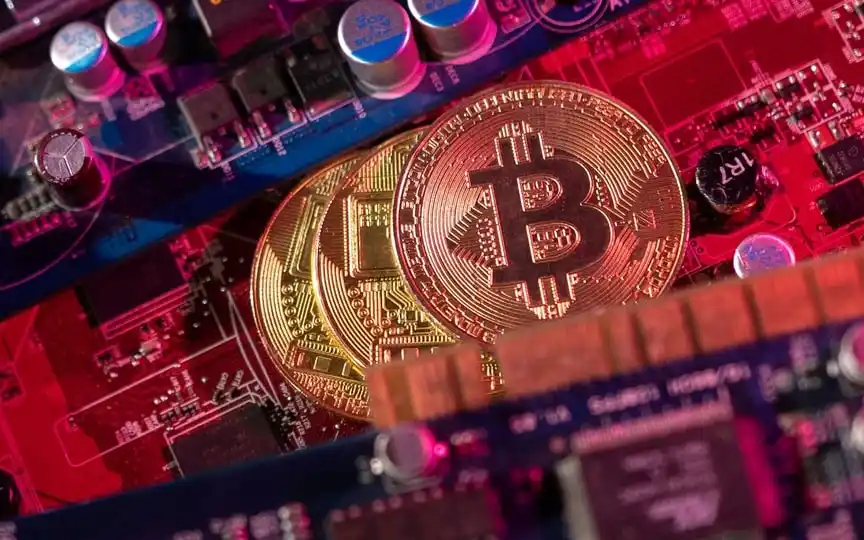Decrease in Use of Peer-to-Peer Crypto Exchanges in a Contracting Market
Amid a decrease in market share, crypto exchanges that facilitate direct transactions between buyers and sellers, eliminating the need for intermediaries like those found on Wall Street, are facing mounting pressure to enhance their services.
These so-called decentralized platforms facilitate trading using algorithmic, blockchain-based software known as smart contracts, whereby users retain tokens instead of handing them over to an intermediary institution.
Crypto diehards predicted a golden period for peer-to-peer trading venues such as Uniswap and dYdX after the collapse of the FTX exchange last November, which undermined confidence in centralized platforms that take over tokens.
But it hasn’t improved: Monthly spot trading on decentralized exchanges fell 76 percent to $21 billion in June this year compared with January 2022, more than a 69 percent drop in centralized rivals to $429 billion, Kaiko data shows. The market share of peer-to-peer platforms for digital resources has fallen to 5% in 2023 from a peak of 7% in March, according to the figures.
Decentralized platforms appeal to crypto enthusiasts who dislike the intermediary model of traditional finance. But they are often hampered by more complex interfaces, slower speeds and lower liquidity than central centralized venues such as those offered by Binance Holdings Ltd or Coinbase Global Inc.
Most institutional investors find it difficult or impossible to trade on peer-to-peer exchanges, even though their “designs continue to improve and the platforms are still generally less than a year old,” said Richard Galvin, founder of Digital Asset Capital Management.
New Services
Examples of improvement efforts include the recent new protocol of Uniswap, the largest decentralized exchange, which aims to improve prices for customers by combining different sources of liquidity for digital assets. Earlier this year, blockchain company Vertex launched a decentralized exchange that it said offers comparable speeds to centralized platforms.
PwC’s crypto hedge fund study found that decentralized exchanges create compliance difficulties because they are not regulated. “Over-regulation is definitely an obstacle for these protocols,” said Townsend Lansing, chief product officer at crypto asset manager CoinShares International Ltd.
While decentralized exchanges have struggled for volumes, monthly active users have grown steadily since 2020, surpassing one million for most of this year, according to Token Terminal data. This may reflect unease about the future of centralized platforms after FTX’s bankruptcy, when allegations of massive fraud prompted increased scrutiny by officials.
According to Karan Ambwan, head of dYdX India, more and more investors are asking how to combat custody and counterparty risk, leading to decentralized routes.
Still, growing a user base could become more challenging given recent signs that traditional financial firms are seeing the potential of crypto as the market recovers from a $1.5 trillion loss in 2022.
For example, institutional-only crypto exchange EDX Markets launched last month. Companies backing the platform include Citadel Securities, Fidelity Digital Assets and Charles Schwab Corp.
According to Yves Longchamp, head of research at Seba Bank AG, the entry of large traditional players from traditional finance is likely to bring more liquidity to the digital asset ecosystem.
This “may initially benefit centralized exchange volumes, but may later also lead to increased volumes on decentralized exchanges as demand for crypto generally increases,” Longchamp said.




